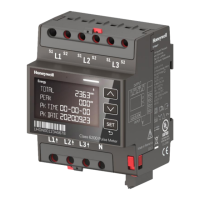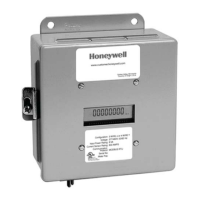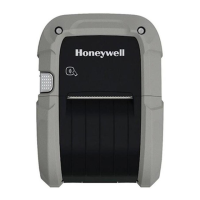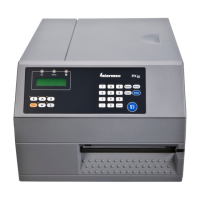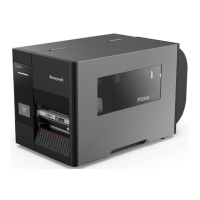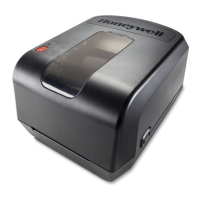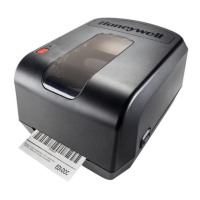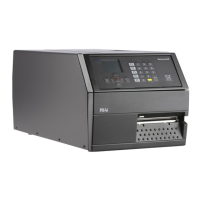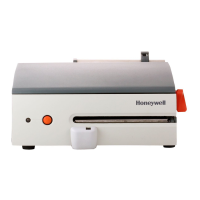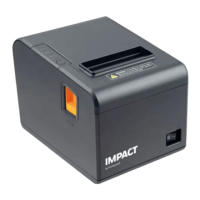Typical Data Flow Sequence
The typical data flow sequence is summarized in the following bullets and detailed in
the table below. Printer Command data is transmitted to the printer as shown in the
table from left to right, top to bottom.
l
Status commands
l
Configuration commands
l
Download commands
l
Label format
l
Status commands
l
Label reprint commands
l
Memory cleanup
Typical commands used in the various stages shown above are listed in the tables
that follow.
Status Commands
Commands are available for retrieving stored label formats, updating data, and
adding new data. These techniques are used for increasing throughput; see STX G
Print Last Label Format, r Recall Stored Label Format, and s Store Label Format in
Module.
Printer Commands Description Notes
<SOH>A
<STX>WG
“Status” commands: Get
Status, Request Memory
Module Storage
Information…
Optional, bidirectional
communication required
for these commands.
<STX>O220
<STX>n
<STX>V0
“Configuration” commands,
download image…
See STX Kc Configuration
Set to reduce
configuration commands
transferred.
<SOH>D
<STX>IApImagename<CR>
image data...data <CR>
“Download” commands,
image, fonts…
RAM (temporary) or Flash
(semi-permanent)
memory.
4
DPLCommand Reference
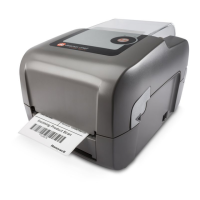
